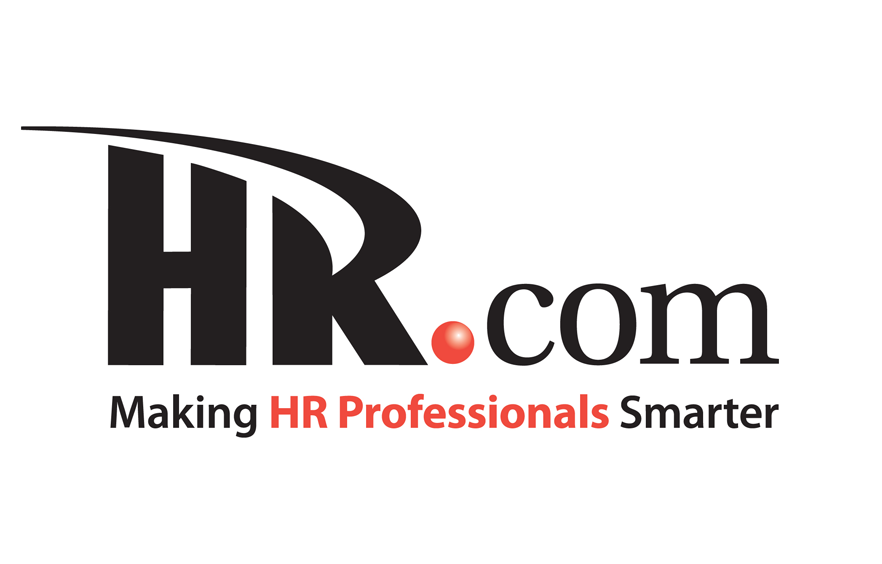
Health insurance premiums represent a significant cost for employers and continue to rise year after year, with average premiums up 47% in the last 10 years. At the same time, offering a rich benefits package is key to attracting and retaining talent in today’s competitive hiring environment – compelling many HR leaders to seek alternatives to control costs without negatively impacting their employees’ health.
Implementing a self-funded, or self-insured, benefits model – a strategy that is utilized by a majority of the nation’s largest enterprises – is one solution increasingly being leveraged by companies of all sizes. In fact, 64% of employees were covered by a self-funded plan as of 2021 and evidence shows that companies that switch to self-insured strategies can reduce their year-over-year benefits costs by 15% or more in the first year alone.
In a self-funded arrangement, the employer budgets a monthly amount of money to cover administrative fees and employees’ anticipated health and pharmacy costs – as employees file claims, they are paid directly from these funds. If claims are lower than expected, the employer retains the value of those unused funds for future use. Additionally, self-funded plans allow for significantly more flexibility and enable employers to customize their benefits to the company and members’ needs.
While self-funding provides significant benefits, it also comes with the liability risk of a catastrophic claim. Many businesses thus choose to purchase stop-loss insurance to protect against large, unpredictable claims and avoid the risk of substantially overspending beyond what has been budgeted.
However, self-funded employers are facing increasing costs driven almost exclusively by rising specialty drug claims. In the last ten years, the total specialty-drug market spend has approximately doubled and is expected to hit $310 billion by 2023. In the past several years, nearly 50% of new drug approvals cost more than $150K per year with more than a dozen over $250K, and specialty drug development continues to grow – encompassing more than 80% of FDA approvals in recent years. One unexpected high-cost drug claim can have a dramatic impact on an employer’s budget. Traditional stop-loss insurance is critical to safeguarding employers, but it is no longer a complete solution. Self-funded employers need added protection.
Where Stop-Loss Insurance Starts and Stops
For self-funded employers, the risk of incurring a catastrophic claim is increasing. In fact, nearly 70% of surveyed employers reported filing at least one catastrophic medical or pharmacy claim in excess of $500k in the last two years. The reality is, it only takes one new hire, one new complex condition or one new claim to devastate a self-funded employer’s annual pharmacy budget. Stop-loss insurance is designed to mitigate this risk.
Simply put, stop-loss insurance provides monetary reimbursement for costly drug claims after they exceed a predetermined amount. For example, an employer may set coverage with a $250,000 deductible, and a few months later hire an employee who gets diagnosed with hypophosphatasia and then requires the treatment of Strensiq, a specialty drug with an annual cost of $1,200,000 per year. The employer funds the first $250,000 and then the stop-loss carrier steps in and generally covers the balance of any claims that surpass the deductible. This can save the employer hundreds of thousands of dollars in a year.
Stop-loss insurance coverage is an essential part of any self-funded health plan. However, it was not designed to protect employers against recurring high-cost claims. Traditional stop-loss contracts are one year in length, which can result in a catastrophic claim being covered in that calendar year before it is “lasered” out of the contract the following year, leaving the employer financially vulnerable. Alternatively, the stop-loss carrier may issue a substantial rate increase after a large claim, making coverage unaffordable and unsustainable.
In the scenario above, if the employee needed to continue taking Strensiq for multiple years, it’s very likely that the employer would experience lasering or a hefty rate increase and be wholly financially responsible for a significant pharmacy claim after the first year. This is not a unique situation: the majority of catastrophic pharmacy claims are for drugs targeting chronic conditions with up to 90% of claimants remaining on the plan for multiple years – leaving self-funded employers financially exposed.
Preparing for the Limitations of Stop-Loss Insurance
Many employers have experienced significant value by being self-insured. However, with growing concerns around specialty drug utilization and associated high costs, self-insured employers need to protect themselves – and the longevity of their benefit offering – from catastrophic claims that can leave them financially vulnerable.
It’s important for HR leaders managing a self-insured plan to consider supplementing traditional stop-loss insurance with specialty-specific stop-loss. Supplemental stop-loss can help close the gap by picking up where traditional stop-loss contracts leave off. Ultimately, by implementing a complete stop-loss solution, employers can leverage the benefits of self-funding while remaining protected from catastrophic claims – enabling them to provide a sustainable, high-quality pharmacy benefit that their employees require.
Evaluating your company’s risk tolerance and budget is a good place to start when considering the type and amount of insurance to get. From there, by partnering with a pharmacy benefits consultant or advisor on stop-loss options, you can get in front of risks before a catastrophic claim hits.
Article originally appeared on hr.com.

